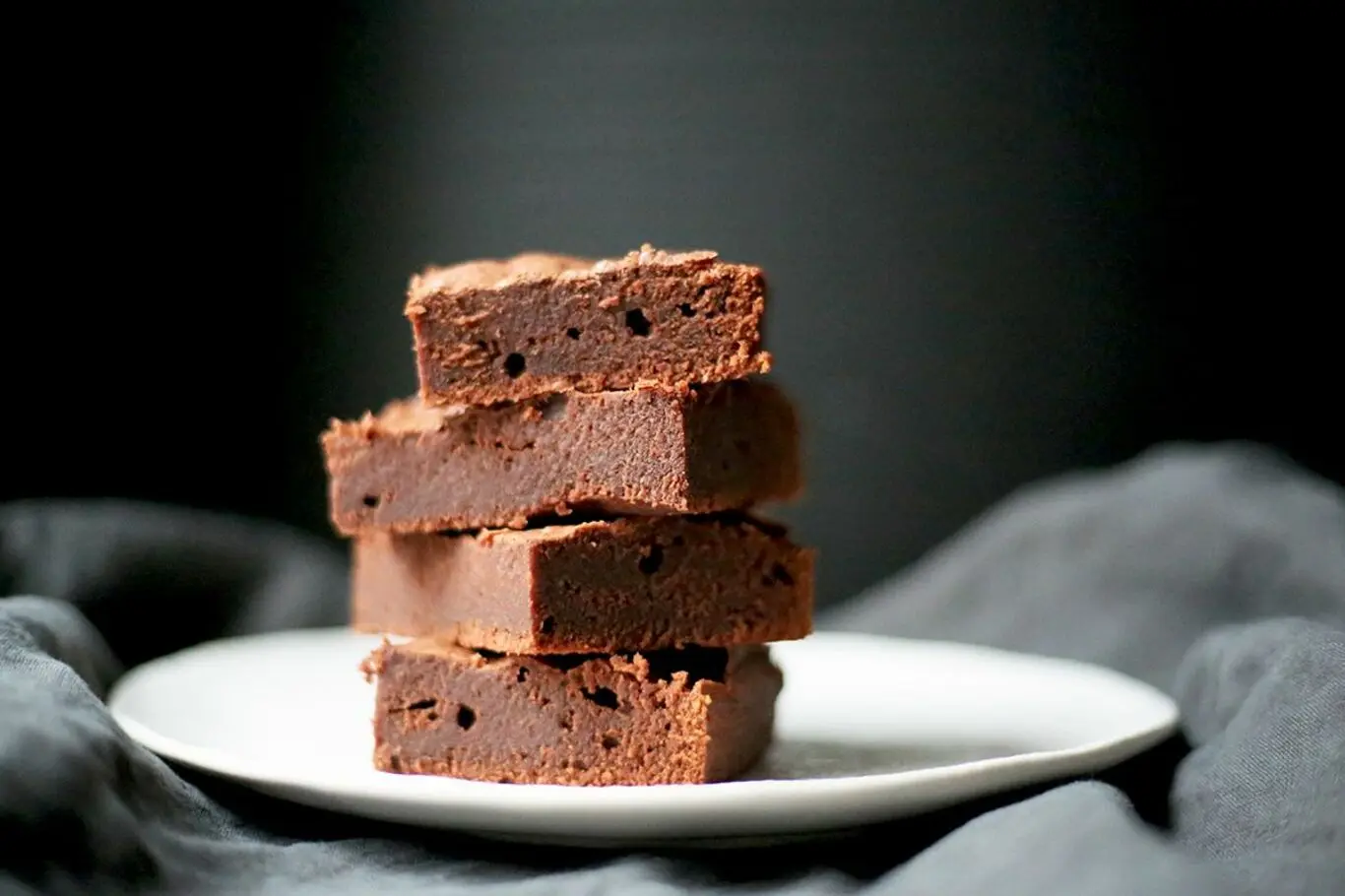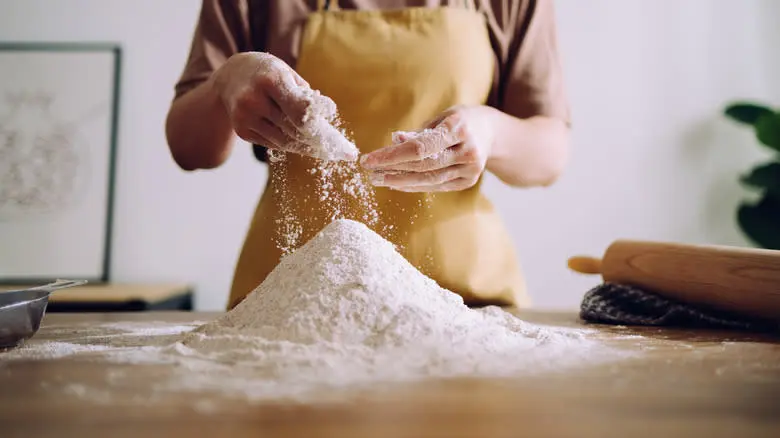Why use fresh yeast for your donuts?
Many professional bakers prefer using fresh yeast instead of dry yeast, believing it imparts a more aromatic and sweeter flavor to bread and other dough-based recipes. However, it's less common in home baking due to its short shelf life—only about two weeks—making it unsuitable for long-term pantry storage. This limited availability also means it's not often found in grocery stores.
According to a mini donut recipe on Ramsay's website, using fresh yeast and allowing it to activate fully for 15 minutes results in a lighter texture for the donuts. While Ramsay activates the fresh yeast in warm milk in his video, it is typically activated in warm water at temperatures between 80 to 90 degrees Fahrenheit. Without proper activation, neither fresh nor dry yeast will effectively help donuts rise. It's important to note that yeast donuts differ from cake donuts, which rely on baking powder.
The primary advantage of fresh yeast lies in its potential to enhance flavor and improve texture. However, many donut recipes call for active dry yeast, which comes in shelf-stable packets. For some bakers, the differences between the two types of yeast are minimal, making the search for fresh yeast unnecessary. Other well-known chefs and bakers, such as Alton Brown and Jamie Oliver, also provide recipes that utilize basic dry yeast. So, if you manage to find fresh yeast, that's fantastic. But if not, don't worry—you can still make delicious donuts as long as you ensure the yeast is fully activated.
Recommended

How To Tell If Your Cocoa Powder Is High-Quality

The Mistake To Avoid When Substituting For Eggs In Vegan Recipes

For Fudgier Brownies Reach For One Canned Ingredient

The Best Flour For Pie Crust Dough Comes Down To Protein
Next up

